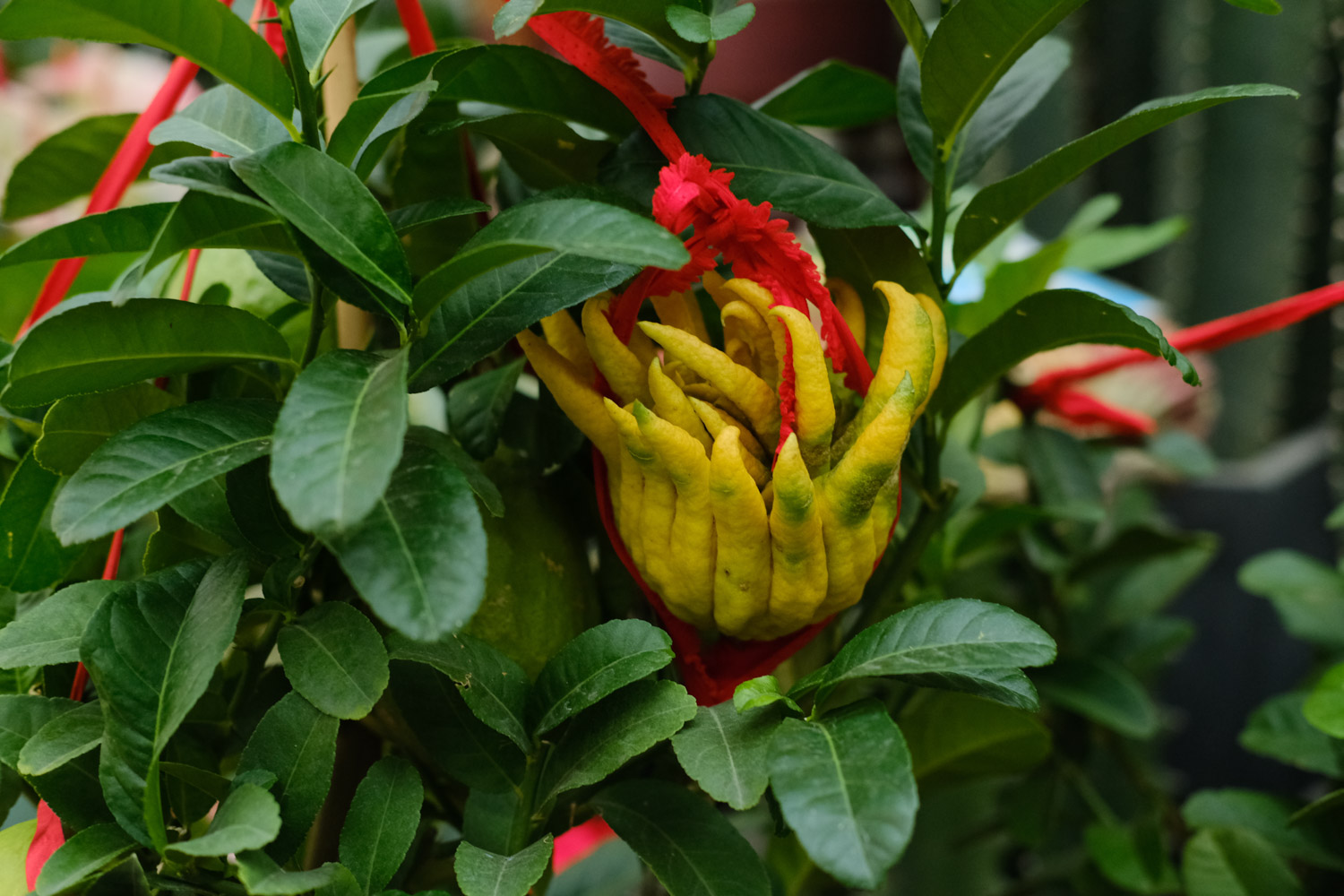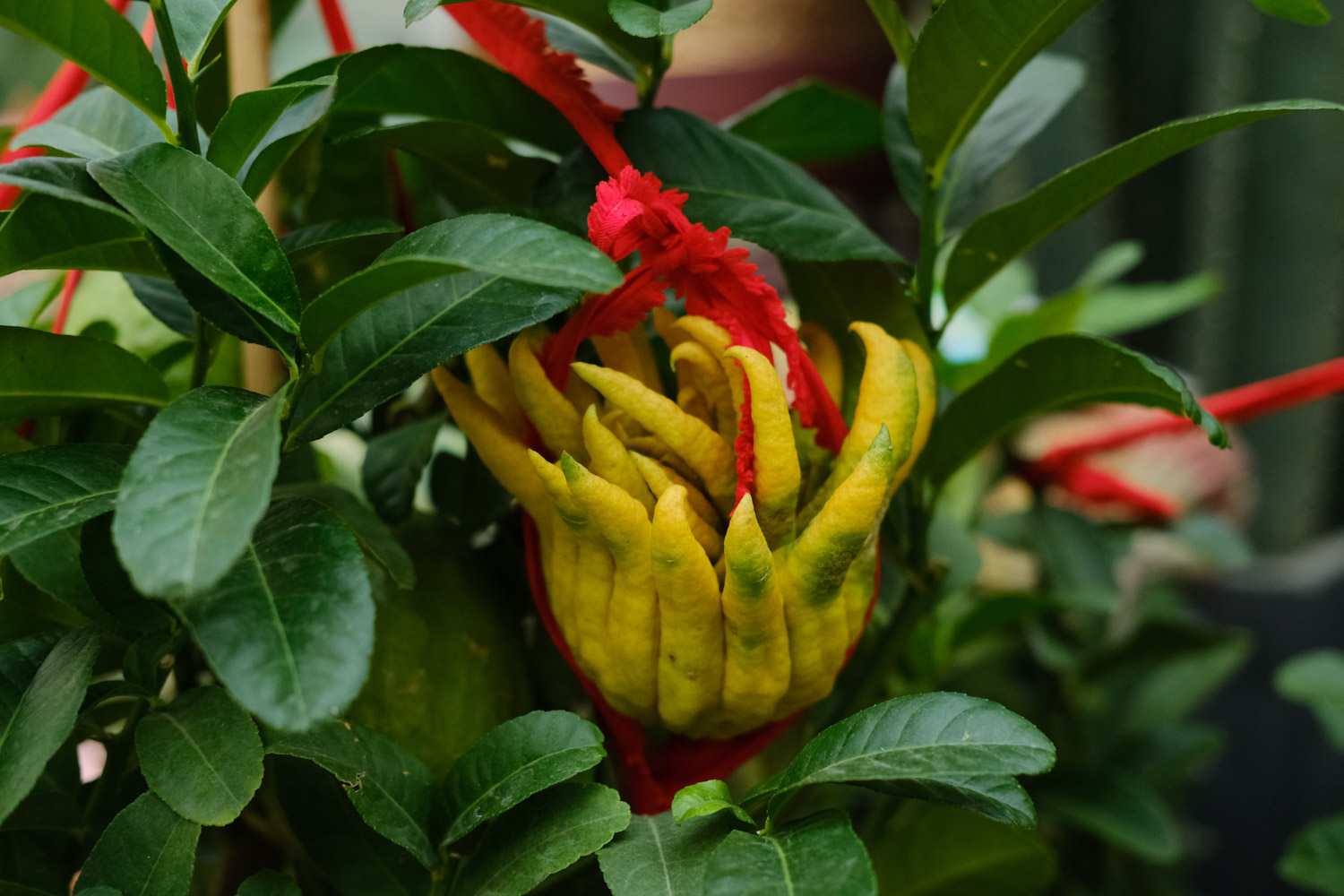1、 Breeding environment
1. Soil: loose and well drained acidic soil should be used to raise bergamot, instead of viscous alkaline soil, which will be unfavorable to its growth
2. Watering: the soil should be kept wet, but there should be no ponding. After the temperature rises, increase the amount of water. In summer, spray water around appropriately to improve the humidity of the growth environment. On the contrary, when the temperature is low, control the amount of watering. After it enters the dormant state, it can stop watering according to the growth situation
3. Fertilization: in the flowering and fruiting period, fertilizer should be applied once every 3-5 days. In order to make it bloom and fruit less, phosphorus and potassium fertilizer can be applied appropriately

2、 Breeding method
Cutting propagation: select the branches without diseases, with a length of about 12cm, insert them into the soil for 7-8cm, and compact them with soil. After watering thoroughly, the roots will grow in about 30 days

3、 Common diseases and insect pests
1. The common diseases mainly include coal pollution disease, which is caused by saprophytic fungi. Black mold will appear in branches and leaves. After the disease is onset, it can be sprayed and controlled with Tuvalu or carbendazim
2. Common insect pests mainly include aphids or scale insects, which will harm its top young leaves. Carbaryl or dimethoate can be sprayed for control


 how many times do yo...
how many times do yo... how many planted tre...
how many planted tre... how many pine trees ...
how many pine trees ... how many pecan trees...
how many pecan trees... how many plants comp...
how many plants comp... how many plants can ...
how many plants can ... how many plants and ...
how many plants and ... how many pepper plan...
how many pepper plan...




























